

Zestiria is set in the continent of Greenwood, a land split between two warring countries that are equally inhabited by two species – the humans who make up the majority of the population, and the Seraphim – humanoid elemental beings that are invisible to all but a select few humans that have the spiritual energy to perceive them.
One of these is the game’s main character Sorey, a young man who grew up as the only human in a hidden village of Seraphim. Intrigued by ruins and the mysteries of the past, an unusual storm and the discovery of another human near the village soon set Sorey and his Seraph best friend Mikleo on path that leads Sorey to become the Shepherd – a unique human who converses with and can utilise the power of the Seraphim, and acts as a saviour in times of great need.
Rounding out the cast are a few other humans and a selection of Seraphim from each element, who sign on to assist Sorey in his efforts to save the world from an oncoming calamity. Along the way Sorey and co. encounter political intrigue, sinister plots and the widespread influence of ‘the malevolence’, an evil force that springs from negative emotions and transforms humans, Seraphim and beasts alike into powerful monsters called Hellions. As Shepherd, it is Sorey’s duty to purify the land of the malevolence and restore balance, all the while wondering whether his increasing power and connection to the Seraphim will turn his fellow humans against him.
While for the most part the story is pretty stock-standard for an RPG – ‘bad thing happens, you’re the chosen one, defeat the evil and save the world’ – Zestiria still manages to take things a step further. At times Sorey is given the choice of how and when to use his power, as exerting direct influence or taking sides in the events of the human world may cause more harm than good. One early example sees him attempting to repair a bridge using the power of an Earth Seraph – he can do so immediately, causing the onlooking humans to fear his power, or he can wait for nightfall and operate in secret. It’s not a huge effect on the story one way or another, but it still offers an interesting look at how becoming the ‘chosen one’ actually separates him from the people he wants to help.
The storytelling tone in the game also seems far more modernised than I recll seeing in recent Tales games. Perhaps it’s simply attributable to a better localisation on Tales of Zestiria, but the party members speak in a tone that seems far more relaxed than previously. Usage of phrases like ‘epic win’ and other slang fit the characters well, and the interactions in cutscenes and skits are far more personal than previously. Sorey and Mikleo in particular act like brothers, constantly needling each other and joking around – other characters such as the knight Alisha are more formal, but still mesh well with the rest.
The only exception is the occasional hard-to-translate bit of Japanese humour; with the smoothness of the rest of the translation to English, moments like Lailah distracting the party from asking questions smack of culture clash. I applaud the localisation team for doing as good a job as they did, but when the rest of the story is treated fairly seriously, these moments do stand out. For the diehard fans however, Zestiria does feature a new standard for the Tales series – dual audio tracks. On starting the game, players can elect to play with either translated English audio or the native Japanese. It’s not for me personally, but including the original audio is an oft-requested feature for many RPG players. The fact that this is included on the disc rather than as an additional download just goes to show that Bandai Namco are paying attention to what the fans want.
The world of Zestiria itself is vast and beautifully rendered. Stepping away from the relatively one-note palette of many modern games – and even former titles in the series such as last year’s Tales of Xillia 2 – the game’s world has a vibrant colour range that helps distinguish one zone from the next. That said, a lot of the areas seem overly large for no particular reason. While the town zones such as the early city of Ladylake are relatively full of NPCs, it’s still a hell of a trek as you zigzag back and forth for story scenes. The scale is much more noticeable in the field, with areas largely devoid of anything to do as you trek across them, save for the occasional point of interest or treasure chest.
The game does include party abilities to sense these objects in the field and stop you missing anything in the vast expanse, but when you first obtain them they are so low-levelled that you’ll be on top of the monolith or chest before one of your party members think to pipe up about it. Even enemy combats are fairly spaced out, as monsters are visible on the field rather than randomised encounters. The balance of enemies is far better in dungeons, as the more confined space helps to funnel you towards these fights rather than missing them entirely as you wander about.
The combat itself is once again a step further in the evolution of Tales’ well-established ‘LMBS’ combat system, this time dubbed the ‘Fusionic Chain Linear Motion Battle System’. Operating in the same 3D combat zone as many previous games in the series, Zestiria has taken things further in that all battles occur on the standard world map, rather than pulling you away to a separate combat map for that zone. Running into an enemy in the world seamlessly brings up the combat system and spawns additional enemies for the fight, all contained in a battle zone drawn around the point of encounter. It’s a nice touch for the series, as the point of contact can influence the fight – run into an enemy going around a corner and apart of your circular combat zone may be taken up by the walls themselves, forcing you into a tighter fight than you would otherwise have.
Adding to the game’s usual combat Artes, magic, and instant party swaps, Zestiria also adds the ability to ‘Armitise’ with your Seraphim party members – temporarily fusing two party members together to create a more powerful elemental form for Sorey, combining the two characters’ stats for a time. Particularly useful in boss fights, Armitisation helps vary up the fights and give a tactical advantage to players who think ahead.
All in all, Tales of Zestiria is another solid instalment in the series. As ever, it introduces new mechanics and tweaks to the formula while still staying true to its roots. While this more slow-paced style of game isn’t for everyone, it’s a solid choice for anyone interested in the JRPG genre. With layers upon layers of combat systems to familiarise yourself with as you trek across the wide open spaces of its world, Zestiria is bound to keep your attention for a good long while – provided you don’t mind the occasional awkward joke.
Tales of Zestiria was reviewed using a promotional code on PS4, as provided by the publisher.
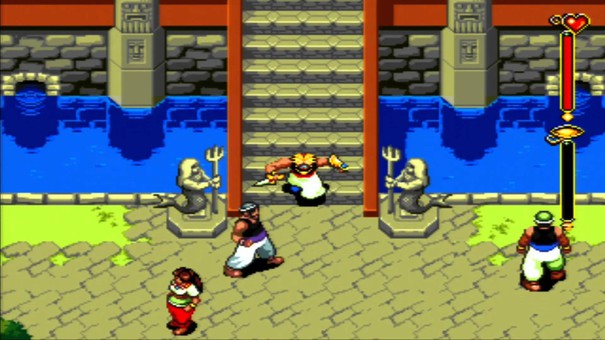
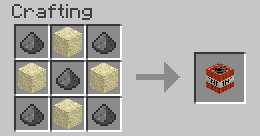


 Elder Scrolls V: Skyrim The Bloodstone Chalice Quest Guide
Elder Scrolls V: Skyrim The Bloodstone Chalice Quest Guide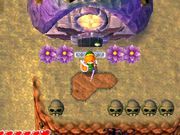 Zelda: Is A Link Between Worlds heading in the wrong direction?
Zelda: Is A Link Between Worlds heading in the wrong direction?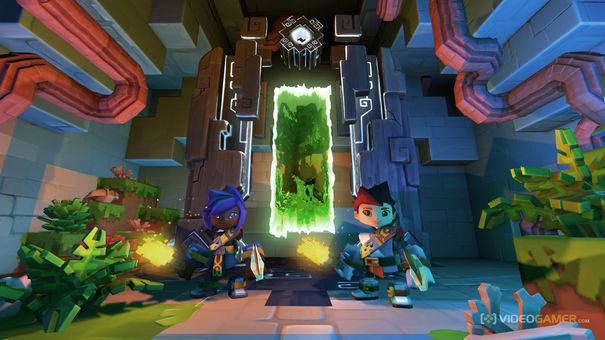 SkySaga: The Oliver Twins shot at complementing Minecrafts billion
SkySaga: The Oliver Twins shot at complementing Minecrafts billion Why Star Wars is dead to me
Why Star Wars is dead to me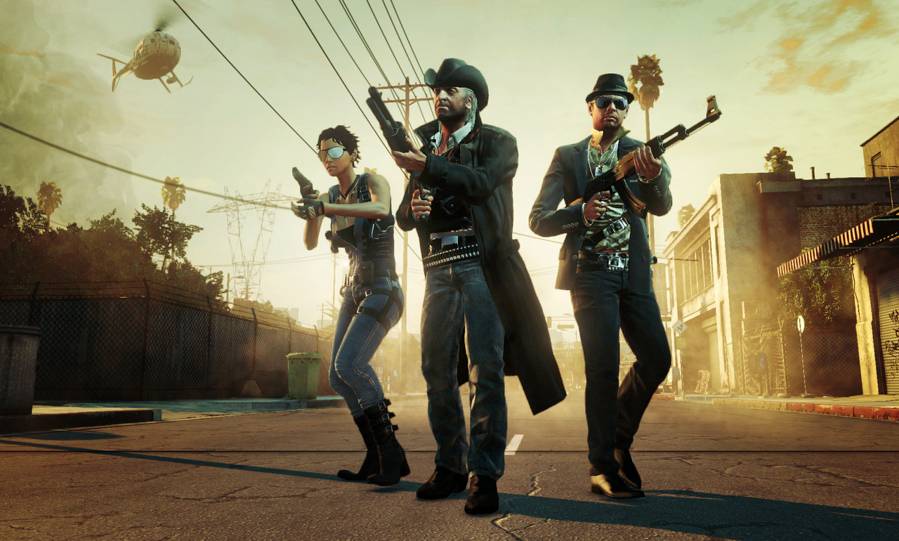 Call Of Juarez The Cartel Special Item Location Chapter 10
Call Of Juarez The Cartel Special Item Location Chapter 10